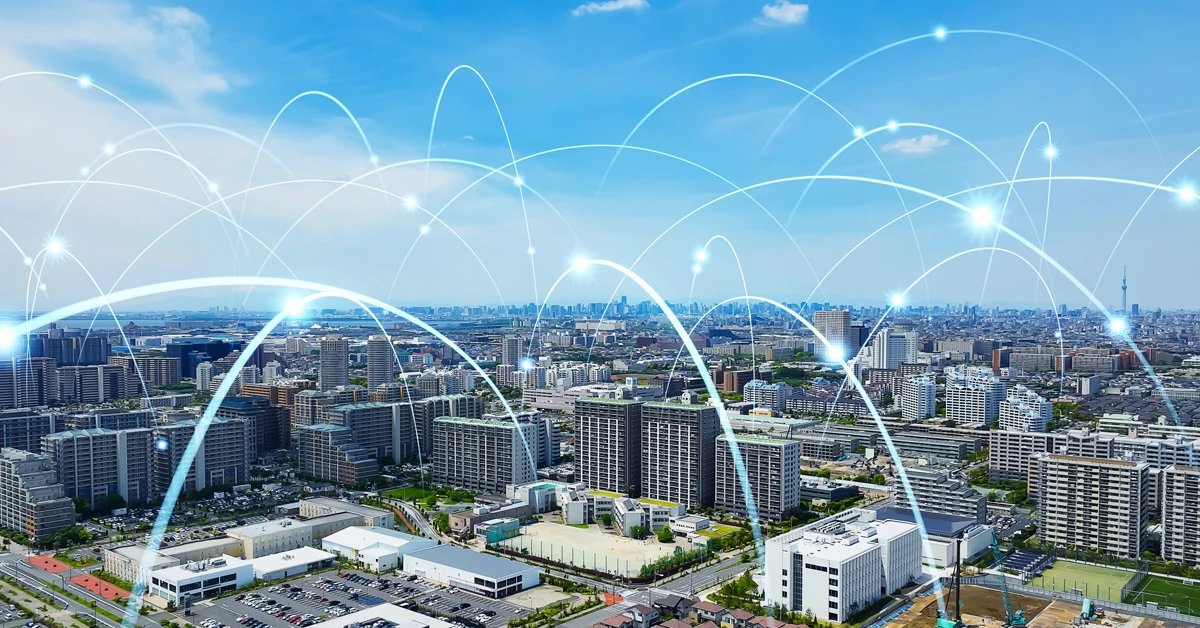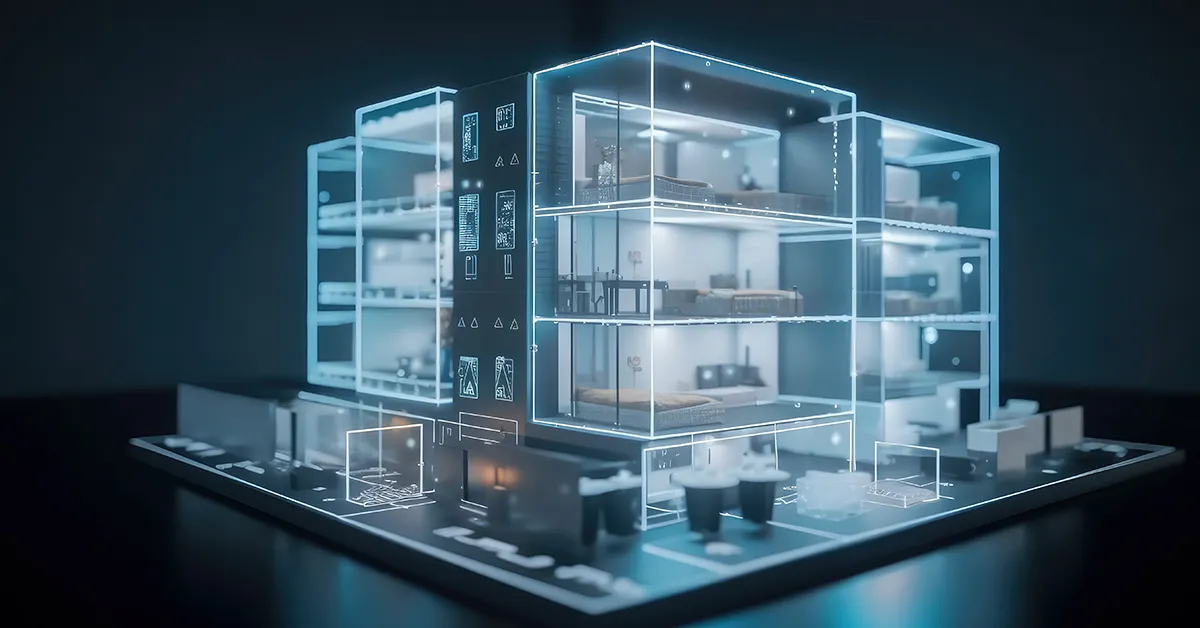

Network redundancy solutions available in the market include diverse options such as hardware redundancy, software redundancy, and geographic redundancy. Hardware redundancy involves duplicating critical components such as routers, switches, and servers to ensure continuous operation in case of a failure. Software redundancy, on the other hand, utilizes redundant software applications or protocols to maintain network availability. Geographic redundancy involves setting up redundant data centers in different locations to mitigate the impact of natural disasters or other catastrophic events.
Link aggregation, also known as port trunking or bonding, contributes to network redundancy by combining multiple network links into a single logical link. This enhances network performance and reliability by providing increased bandwidth and fault tolerance. In the event of a link failure, traffic can be automatically rerouted through the remaining links, ensuring uninterrupted connectivity and minimizing downtime.
Multi-dwelling unit (MDU) residents no longer just expect a roof over their heads; they demand a reliable connected existence. Connectivity is key. The internet isnot only an indispensable utility, but one that MDU residents expect property owners to provide. This post explores why a reliable internet service is crucial for property management and the potential consequences of dead spots, slow speeds, and internet downtime.

Posted by on 2024-02-07
Greetings from the technical forefront of Dojo Networks, your community’s internet service provider. In this article, we embark on a technical journey to explore the intricacies of WiFi connectivity within your apartment complex. As WiFi ninjas, we'll delve into the advanced mechanisms and protocols underpinning our managed network, detail the disruptive influence caused by personal routers, and explain why a unified approach from all residents is essential for ensuring optimal internet performance.

Posted by on 2024-01-18
It’s in our DNA. It made us who we are. DojoNetworks got its start more than 20 years ago as an internet company selling retail direct to MDU residents. We sold against the big carriers… one customer at a time. To win over–and retain–customers who assumed the cable company was their only option, we had to provide better value and better service. No other service provider in our industry, no one, has this amount of direct-to-customer experience or success. The carriers were used to being the only game in town, and the other MSPs all started with bulk, knowing they had a captive audience. A few MSPs are just now starting to offer opt-in service and have a year or two of experience.

Posted by on 2023-10-30
Smart apartment buildings, equipped with cutting-edge technology and automation systems, are becoming the new standard in property management. In this comprehensive guide, we will explore the concept of smart apartment buildings, the benefits they offer to owners and tenants, how to build or upgrade to one, the key features and technologies involved, and the steps to plan and implement a smart apartment building strategy.

Posted by on 2023-09-25
Failover is a crucial concept in network redundancy that involves the automatic switching to a backup system or component in case of a primary system failure. This process ensures continuous network operation and minimizes disruptions by seamlessly transferring traffic to redundant resources. Failover mechanisms are commonly implemented in network devices, servers, and storage systems to maintain high availability and reliability.

Redundant power supplies play a vital role in ensuring network reliability by providing backup power in case of a power outage or failure. By having multiple power supplies connected to a device or system, organizations can prevent downtime and data loss due to power-related issues. Redundant power supplies are commonly used in critical network infrastructure components such as servers, switches, and routers to maintain uninterrupted operation.
MDU Internet Infrastructure Used Currently For Commercial Applications in 2024
Virtualization technologies enhance network redundancy by enabling the creation of virtualized instances of network resources, such as servers, storage, and networking components. Virtualization allows for the seamless migration of workloads between physical servers and data centers, providing flexibility and redundancy in case of hardware failures. By abstracting hardware resources and decoupling them from specific physical devices, virtualization enhances network resilience and availability.

Best practices for implementing network redundancy in a data center environment include designing a redundant architecture with multiple layers of redundancy, implementing automatic failover mechanisms, regularly testing redundancy configurations, and maintaining up-to-date documentation of network redundancy strategies. Additionally, organizations should consider factors such as scalability, cost-effectiveness, and performance when planning and implementing network redundancy solutions in a data center setting.
Network segmentation contributes to improving redundancy in a network infrastructure by dividing the network into separate segments or VLANs to isolate traffic and contain potential issues. By segmenting the network, organizations can limit the impact of failures or security breaches to specific segments, preventing them from affecting the entire network. This approach enhances network reliability and resilience by creating boundaries that help control and manage network traffic more effectively.

The security implications of internet access in MDUs, such as apartment buildings or condominiums, are significant due to the shared network infrastructure and the potential for unauthorized access to personal data. This can lead to privacy breaches, identity theft, and cyber attacks. To address these concerns, property managers and residents can implement measures such as secure Wi-Fi networks, encryption protocols, firewalls, antivirus software, and regular security updates. Additionally, implementing user authentication methods, network segmentation, and monitoring tools can help detect and prevent security breaches. Collaborating with internet service providers to ensure secure connections and educating residents on best practices for online security can also mitigate risks associated with internet access in MDUs.
Contractors and installation teams play a crucial role in MDU internet deployments by overseeing the physical implementation of network infrastructure within multi-dwelling units. These professionals are responsible for tasks such as fiber optic cable installation, equipment setup, network configuration, and ensuring proper connectivity throughout the building. Additionally, they collaborate with property managers, internet service providers, and residents to coordinate installation schedules, troubleshoot any issues that may arise, and provide ongoing support. By leveraging their expertise in telecommunications, construction, and technology, contractors and installation teams help facilitate the seamless integration of high-speed internet services in MDUs, ultimately enhancing the overall connectivity experience for residents.
MDU broadband solutions offered by providers like AT&T, Comcast, and Spectrum are designed to meet the diverse needs of subscribers living in multi-dwelling units such as apartments, condos, and townhouses. These solutions include a range of high-speed internet packages, streaming services, and digital phone options to cater to the varying preferences and requirements of residents. With options for fiber-optic, cable, and DSL connections, subscribers can choose the technology that best suits their location and usage habits. Additionally, providers offer customizable bundles that may include features like Wi-Fi extenders, smart home devices, and security services to further enhance the subscriber experience. By offering a variety of services and packages, MDU broadband solutions ensure that all residents have access to reliable and high-quality connectivity tailored to their specific needs.
In order to future-proof MDU internet infrastructure against technological advancements, property managers and developers must prioritize the implementation of fiber-optic networks, scalable bandwidth options, advanced networking equipment, and cloud-based management systems. By investing in high-capacity fiber-optic cables, gigabit-speed internet services, and cutting-edge routers and switches, MDUs can ensure that their infrastructure can support the demands of emerging technologies such as 5G, IoT devices, and smart home systems. Additionally, utilizing cloud-based management platforms allows for remote monitoring, troubleshooting, and updates, ensuring that the network remains secure and efficient in the face of rapid technological changes. By staying ahead of the curve and embracing the latest advancements in internet infrastructure, MDUs can provide residents with a reliable and future-proofed internet experience.
Fiber-to-the-home (FTTH) and fiber-to-the-building (FTTB) are two different internet infrastructure technologies commonly used in multi-dwelling units (MDUs). The key difference between FTTH and FTTB lies in the final connection point of the fiber optic cable. In FTTH, the fiber optic cable extends all the way to individual residential units, providing direct access to high-speed internet services. On the other hand, FTTB only extends the fiber optic cable to the building itself, with the final connection made through existing copper or coaxial cables within the building. This means that FTTH offers a more direct and efficient connection for residents, while FTTB may result in slightly slower speeds due to the use of existing infrastructure within the building. Additionally, FTTH typically requires more extensive installation and may be more costly to implement compared to FTTB.